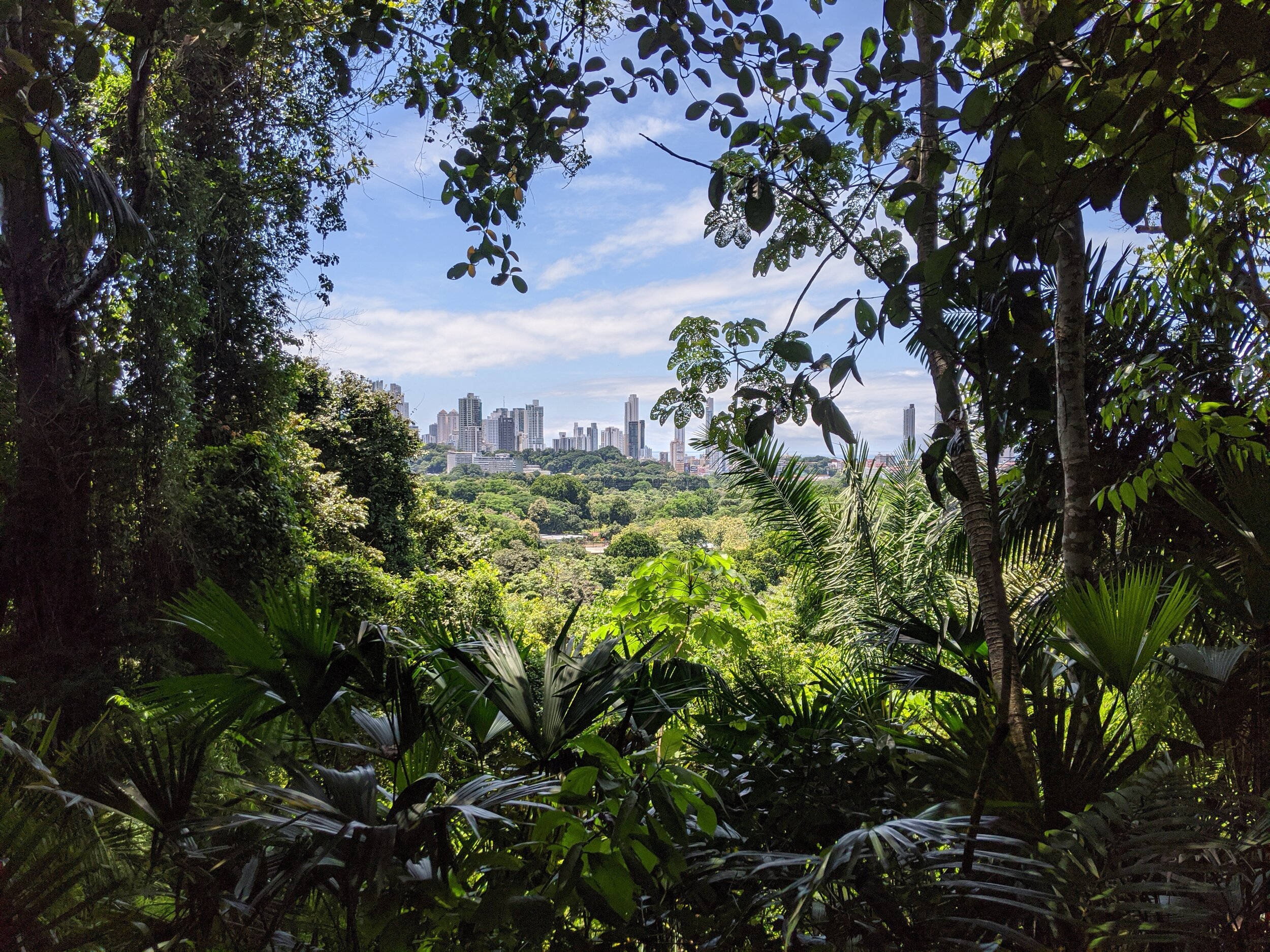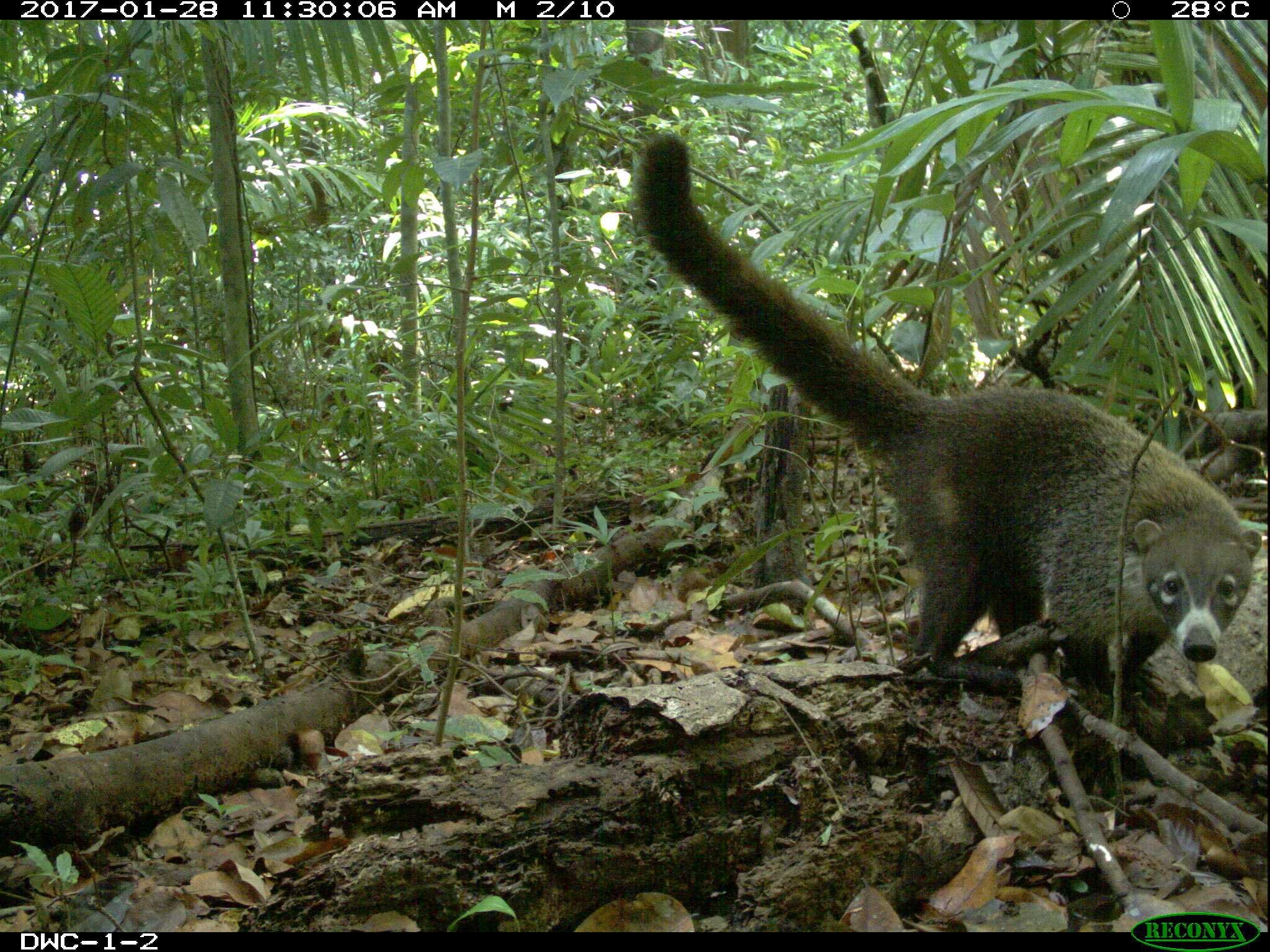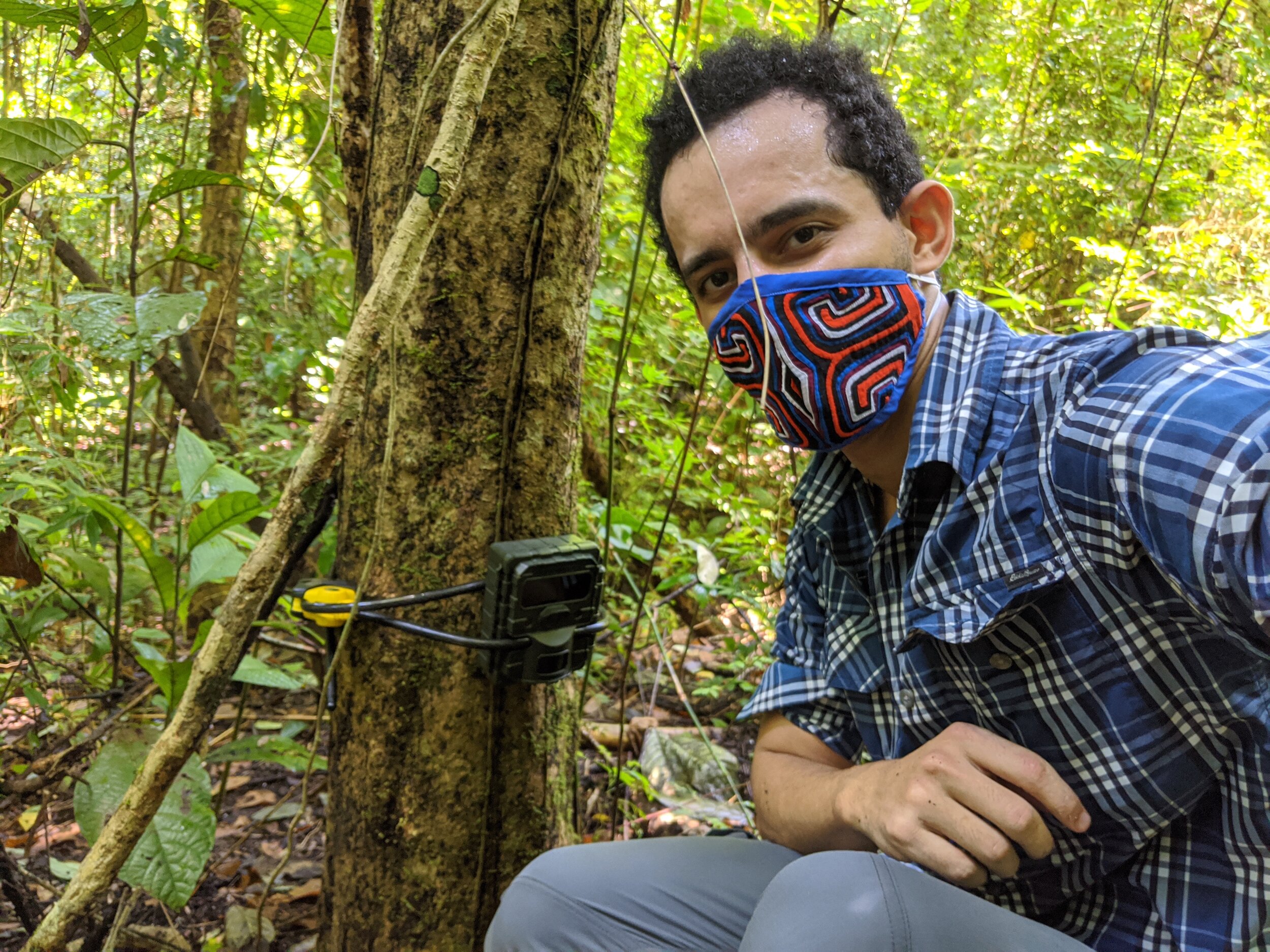Pandemic Mammal Assessment
Affiliations: Coiba-AIP, Max Planck Institute of Animal Behavior, SENACYT, and STRI.
Authorized by: MiAmbiente and Parque Natural Metropolitano.
What can we learn about sustainable tourism during covid19 induce anthropause?
To reduce covid19 transmission, during the first months of the pandemic, we (humans) went into lockdown. In some countries, like Panama, mitigations also include restrictions to protected areas in the countrywide.
Before the pandemic, using data from 57 species from around the world, including Panama, a study suggested that the accumulated human footprint reduces wildlife’s movement up to 30-40 times (Tucker et al., 2018). However, now that human activities are temporarily limited, how are wildlife responding to the anthropause?
Worldwide, a number of images have been shared via social media, showing many species in human-dominated areas. Thus, suggesting an amazing and quick response to human pressure relief (Rutz et al., 2020). However, little known about species response to the absence of visitors in protected areas.
This study intends to assess the frequency of forest mammals events in trails used for tourism. In particular, we aim to know whether in the absence of tourists, species of mammals are occupying evenly these trails in contrast to the forest interior. I am deploying camera traps in Metropolitano Natural Park and Pipeline road, in Soberania National Park. Data collection will continue until after visitors are allowed to evaluate mammals’ response.
Will mammals start gradually avoiding visitors trails upon human return? If wildlife sightings is promoted as part of the experience for tourists, what should be the number of visitors allowed per site?



